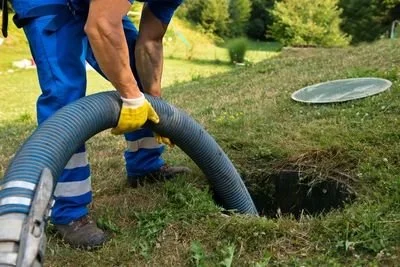How To Clean the Filters In Your Septic Tank
A septic tank filter or an effluent filter helps to remove or separate solid waste from wastewater so it can siphon better from the drain field. This helps prevent solid waste from contaminating the ground and ruining your waste management system. Learning how to clean the filters in your septic tank helps you better maintain it—use the tips below to do this more effectively.
What if You Don’t Clean the Filter?
If you don’t take proper care of your waste management system, the septic tank filters will clog with various substances that prohibit adequate drainage. If you ignore a blockage or neglect to clean the filter, it could back up your pipes, causing an obstruction of solid waste. This issue will require professional help to remove so that your system can function properly.
How Should You Clean the Filter?
Locate where the filter lies in the septic tank and carefully pull it out. This may require you to wear protective gear or gloves to ensure your safety. Once the filter is out, take a garden hose and rinse the filter until it is spotless—you should be able to see through it. Once this is done, you can fit the filter back into place for reuse. If there are tears or holes in the filter, replace it with a new one entirely.
How Often Should You Clean the Filter?
How often you should clean the filters in your septic tank could depend on how well you take care of your system, when the last pumping was, and how many people live in your household. In general, you must clean the filter once every three to twelve months. If you have this type of waste management system, stay updated on how to maintain it so you can avoid incidents that lead to larger issues.
Do you understand the importance of cleaning the filters in your septic tank? Performing this task every once in a while will allow your waste management system to function better. If you have yet to clean your filters this year, let this blog serve as your reminder.


